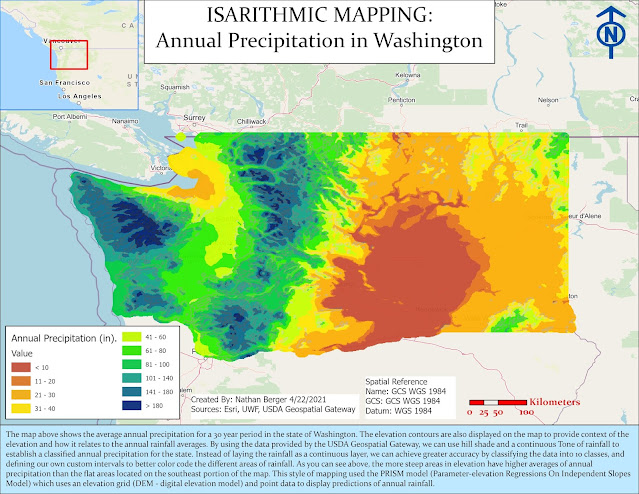Hurricane Sandy Damage Assessment
Hurricane Damage In New Jersey
Check out my Story Map at...
https://arcg.is/0bLuWn
Today we are going to talk about how GIS can map hurricanes, plan for natural disasters, estimate damages from these storms using imagery collection and GIS analysis...
THAT SOUNDS LIKE A LOT!
Pretty cool right?
Hurricane Sandy was tragic and the map below indicates the path that it took going North of Cuba into the Atlantic Ocean, and then veering northwest into New Jersey.
Using GIS we can map the actual timeline of a natural disaster or a hurricane for instance as we track the meteorological data of the storm. We can look at on what day and time, where the storm was at its strongest and when it was at its weakest,. This helps policy makers plan for future storms, as well as manage current ones navigating there way to out coastlines. In this example, we can see that the hurricane became a category 2 storm north of Cuba, and decreased as it transits the Atlantic Ocean before hitting landfall. We simply used point data of the hurricane moving along its path, created a polyline, and edited the symbology to show the change of the storm overtime.
The second topic I want to talk about is the structure damage assessment. We were tasked with providing FEMA a report of how many buildings or structures that had been damages following the aftermath of Hurricane Sandy on the New Jersey coastline.
The map below demonstrates how in GIS we can use remote sensing to collect imagery of a particular area to indicate how many structures have been damaged after a storm. This example is the damage done by Hurricane Sandy on the coastline near New Jersey. The buffer ranges were identified to indicate the number of buildings damaged from different distances compared to the coastline. As you can see, we can compare historical imagery to imagery taken after the storm to identify wind damage, structure damage, etc...
Field Maps: We can also make this application mobile friendly so that insurance agents and GIS analyst can go to the field and map structures that we cannot identify with imagery. Attaching photos would also be a great benefit when processing the claims for insurance providers.








Comments
Post a Comment